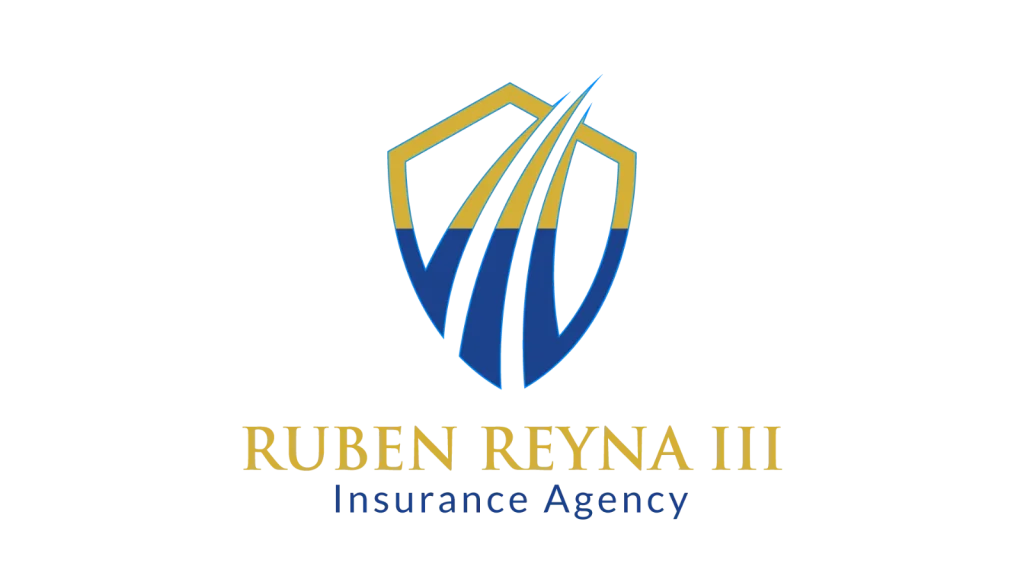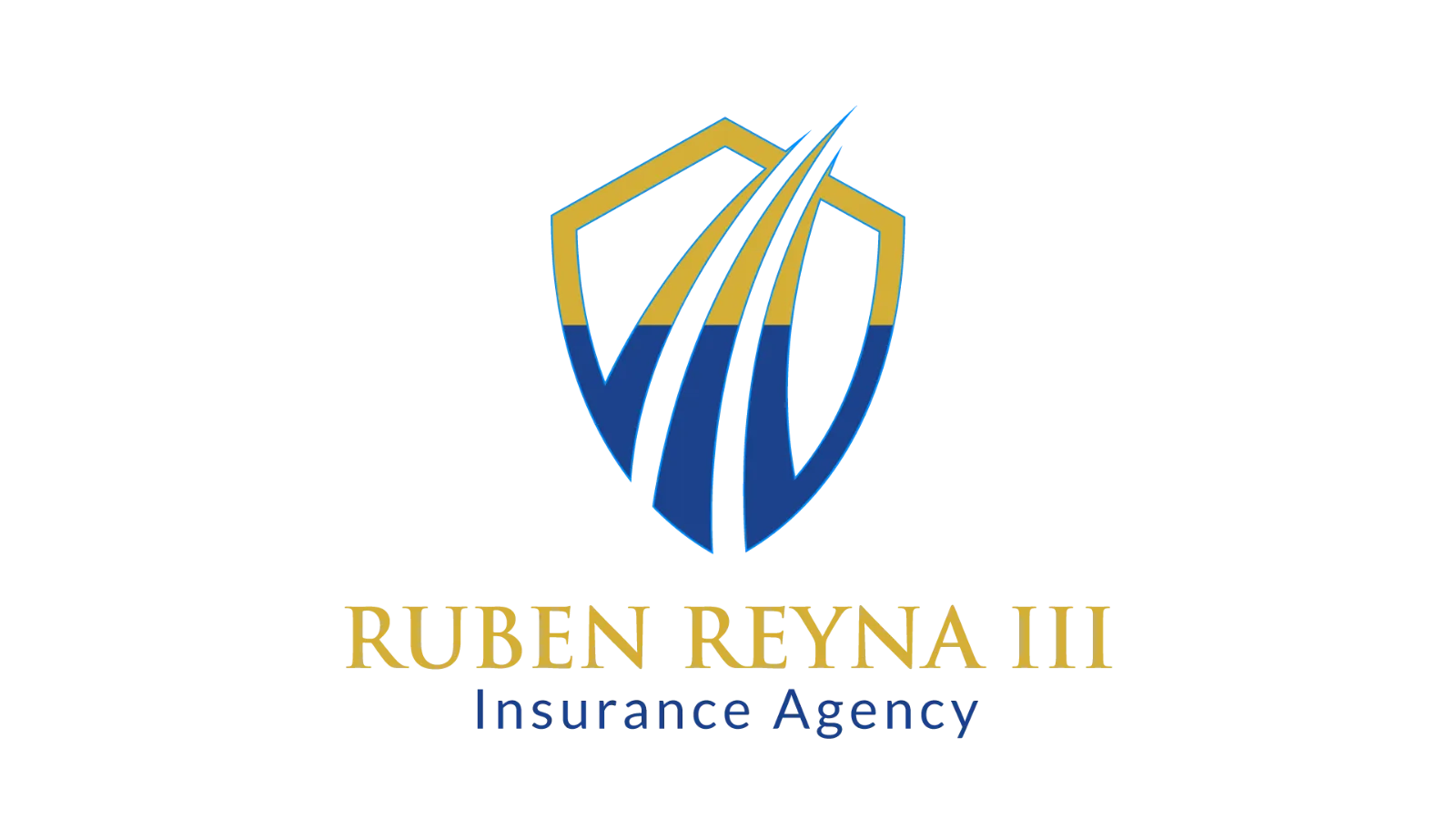Your home is your sanctuary, a place of comfort and security. But what happens when your roof, a key component of your home’s protection, needs replacement?

Roof replacement can be a significant expense. Thankfully, your home insurance policy may cover it. However, navigating the intricacies of roof replacement insurance can be daunting.
This article aims to guide you through the process. We’ll explore how to file roof insurance claims and negotiate with your insurance company for a fair settlement.
We’ll also delve into understanding your policy’s coverage, exclusions, and the impact of your roof’s age and maintenance on your claim.
By the end of this article, you’ll be equipped with the knowledge to handle your roof replacement insurance confidently. Let’s embark on this journey to secure your home and peace of mind.
Understanding Your Home Insurance Policy and Roof Coverage
Your home insurance policy is a complex document that outlines what is covered. Roof coverage is a crucial part of this document. Understanding it is essential to ensure you receive the protection you need.
Roof replacement insurance can vary significantly between policies. Some policies cover only specific types of damage, like storm or hail impacts. Others may offer broader protection that includes wear and tear.
Here are some important aspects to review in your policy:
- Coverage Scope: What types of damage are covered?
- Exclusions: What scenarios or conditions are not included?
- Deductibles: How much you need to pay out-of-pocket before coverage kicks in.
The distinction between Actual Cash Value (ACV) and Replacement Cost Value (RCV) is crucial. ACV accounts for depreciation, often resulting in lower payouts. RCV covers the full cost of replacing the roof at current market prices.
Understanding your deductible is key. A higher deductible can mean lower premiums, but also higher costs if you need a claim. Familiarize yourself with these terms and conditions to avoid surprises. This knowledge empowers you, ensuring that your roof is adequately protected under your existing policy.
The Claims Process: Filing a Roof Insurance Claim
Filing a roof insurance claim can seem daunting at first. It’s crucial to act quickly to ensure coverage and prevent further damage. Start by reviewing your policy to confirm the damage is covered.
Next, document everything thoroughly. Take clear photos of all affected areas, capturing details of the damage. This documentation will support your claim and help the insurance company evaluate it properly.
Once documentation is in place, contact your insurance provider to report the damage. They will guide you through their specific claims process. This often involves providing forms and scheduling an adjuster’s visit to assess the damage.
Stay organized and responsive during this process. Keep a log of all communications with your insurance company. This includes phone calls, emails, and any other relevant interactions. Being proactive and well-prepared enhances your chances of a fair and swift settlement.
Documenting Roof Damage for Your Insurance Claim
Proper documentation is key when filing a roof insurance claim. It starts with capturing detailed photographs of the damage. Take pictures from multiple angles, ensuring all problem areas are visible.
In addition to photos, keep notes on the damage’s nature and possible cause. Detail the date of the incident and weather conditions if applicable. This context can be crucial for claims related to storm or hail damage.
Maintain a file of related receipts and estimates. This includes documentation from roofing contractors or any emergency repairs made. Comprehensive records strengthen your claim and help secure fair compensation.

Selecting a Roofing Contractor and the Role of Insurance Adjusters
Choosing the right roofing contractor is crucial for quality repairs. Seek reputable contractors with strong reviews and proper licensing. Ensure they have experience dealing with insurance claims to navigate any complexities.
Once a contractor is selected, the insurance adjuster plays a key role. They’ll assess the damage and provide an estimate for repairs. A contractor can often be present during this inspection to provide insights and support your claim.
Communication between all parties is essential. Transparent interactions between you, the contractor, and the adjuster can streamline the process and help achieve a fair settlement.
Negotiating with Your Insurance for a Fair Roof Replacement Settlement
Negotiating with your insurance company can seem daunting but is vital for a fair outcome. Start by understanding your policy fully, particularly the terms relevant to roof coverage. This knowledge forms the basis of your negotiation strategy.
Next, document every aspect of the roof damage and repair estimates meticulously. These records help support your claim by providing indisputable evidence. Present this information clearly to your insurance representative to solidify your case.
Engage in active communication with your insurance adjuster. Be polite but firm, focusing on documented facts and coverage terms. If discrepancies arise between the adjuster’s assessment and the contractor’s estimate, address them immediately.
Finally, consider professional help if negotiations stall. Hiring a public adjuster or consulting with legal professionals can provide additional leverage. These experts bring expertise and experience, which can be crucial in ensuring you secure a satisfactory settlement.
Dealing with Claim Denials and Understanding Policy Exclusions
Experiencing a claim denial can be frustrating, but knowing the reasons helps you respond effectively. Insurance policies often contain specific exclusions that might affect your roof claim. Understanding these exclusions is crucial.
Start by reviewing the denial letter closely. The letter usually outlines why the claim was rejected, referencing policy details. If an exclusion is cited, cross-reference your policy documents to grasp the terms clearly.
Once you understand the denial, you can address it by providing additional documentation or clarification. Sometimes, a simple oversight can be rectified by supplying more evidence or correcting errors, allowing you to resubmit your claim.
The Impact of Roof Age and Maintenance on Insurance Claims
The age of your roof plays a pivotal role in insurance claims. Older roofs are prone to more wear and tear. Insurers often assess the roof’s age to determine coverage limitations.
Regular maintenance extends your roof’s life and supports your claims. A well-documented maintenance history shows proactive care. This can sway the insurance company in your favor during claim evaluations.
Proactive upkeep can prevent minor issues from becoming bigger, costly problems. By addressing maintenance promptly, you safeguard against potential disputes. An updated roof inspection report strengthens your position when filing a claim.
Enhancing Your Policy: Endorsements and Additional Coverage Options
Consider endorsements for better roof coverage. Endorsements add specific protections to your policy. They can cover specific risks like wind or hail damage.
Additional coverage options might address gaps in standard policies. These options often provide more comprehensive protection. Review them annually with an insurance professional to keep your policy aligned with your needs.
Conclusion: Maximizing Your Roof Replacement Insurance Benefits
Effectively managing roof replacement insurance is crucial. Start by understanding your policy’s specifics and the coverage it offers. This knowledge empowers you during the claims process.
Proactive communication with your insurer is essential. Regular updates and clear documentation ensure smoother claim handling. Maintain consistent and accurate records to avoid disputes.
Finally, consider endorsements and additional coverage options. These can greatly enhance your policy’s effectiveness. By taking these steps, you secure your home’s roof and maximize your insurance benefits.

